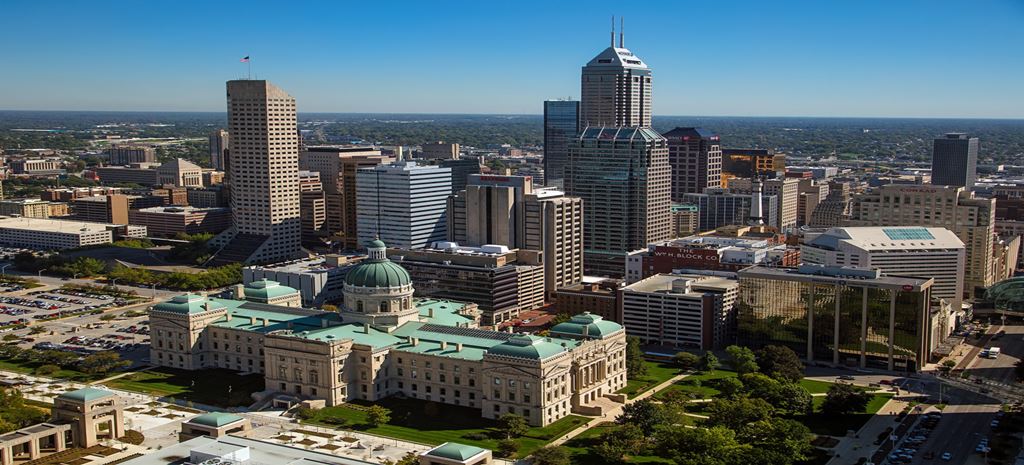Indiana legislators have advanced a bill that would standardize development regulations for wind and solar projects statewide, superseding any existing county or regional standards.
The bill, H.B.1381, passed 58-38 in the state House and will now move on to the Senate. The bill was sponsored by state Rep. Ed Soliday, a Republican from Valparaiso.
Most notably, the bill would open up development in the 32 Indiana counties that previously enacted bans on renewable power projects. Outside of that provision, the bill also includes setback and height requirements, a ground cover mandate, prefunding of decommissioning costs, and an obligation to minimize interference with roads and wireless signals.
According to Soliday, the bill was passed not in an effort to push more counties to develop renewable projects or to cut the state’s emissions, but to help Indiana establish a renewable market rather than force interested energy buyers to look to other states to fill their needs.
“This is not the Green New Deal, and you won’t see that coming from me,” Soliday told local press. “The Green New Deal sets renewable requirements; we’re not doing that.”
This content is protected by copyright and may not be reused. If you want to cooperate with us and would like to reuse some of our content, please contact: editors@pv-magazine.com.









By submitting this form you agree to pv magazine using your data for the purposes of publishing your comment.
Your personal data will only be disclosed or otherwise transmitted to third parties for the purposes of spam filtering or if this is necessary for technical maintenance of the website. Any other transfer to third parties will not take place unless this is justified on the basis of applicable data protection regulations or if pv magazine is legally obliged to do so.
You may revoke this consent at any time with effect for the future, in which case your personal data will be deleted immediately. Otherwise, your data will be deleted if pv magazine has processed your request or the purpose of data storage is fulfilled.
Further information on data privacy can be found in our Data Protection Policy.